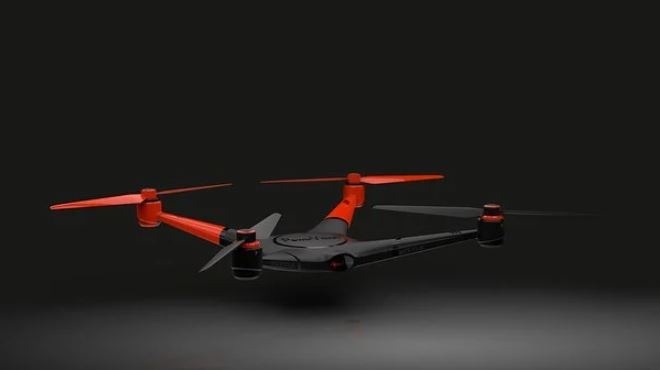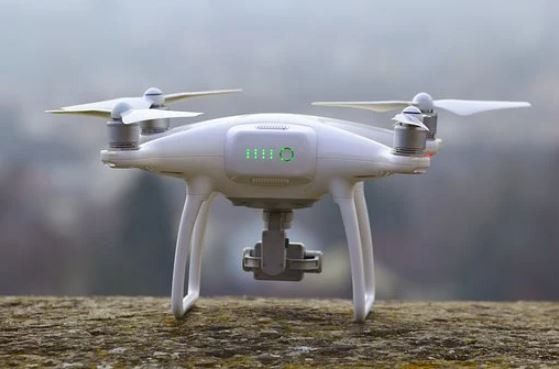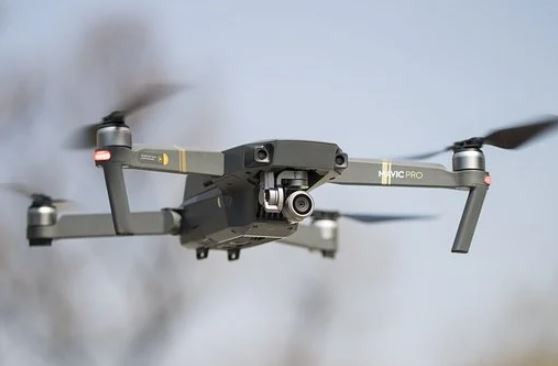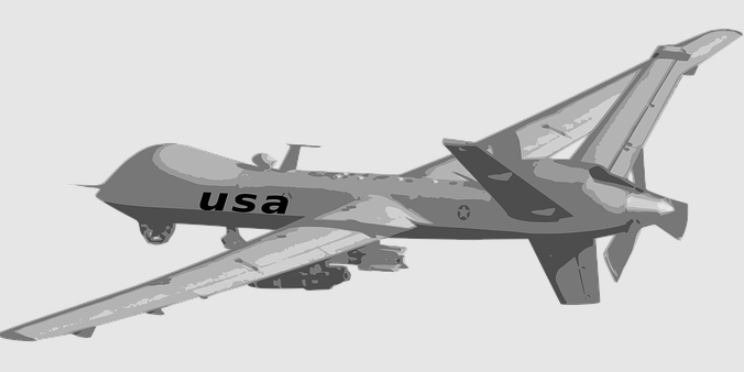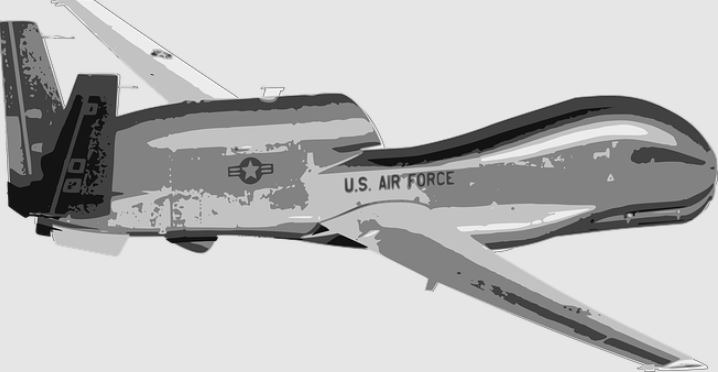Ever since the technological revolution of the 21st century, there has been a significant change in many things around us. Even the basic items are now being used in various advanced and tough conditions and prove highly valuable. One such example could be taken of the various types of drone swarms and drone systems that have allowed us to re-evaluate and improve the security measures as well as studies of different types of imagery processes as well.
What are Drone Swarms?
Drone swarms are made of numerous robots, both simple and complex, working together to perform a series of steps. These swarms perform aerial maneuvers and have recently been introduced to warfare.
The idea of drone swarms came from studying ants, bees, and other insects that survive in colonies. All individuals in the colony perform a fixed group of functions, predetermined, by a central nervous system. This could be their biological instincts or the order of the Ant Queen and Queen Bee.
Like the behavior of these colonies, the behavior of drones in the swarm depends on their interaction with one another. It also depends on the interaction of the drones with the environment. Artificial swarm intelligence is another important contributor to drone swarms. These drones can also help in 3D Image Modelling.
The drones communicate with each other using Wireless interactions, but can also make use of Bluetooth, or infra-red waves. The advantage of infra-red and wireless connections is that they are not limited by distance, like Bluetooth. Drone swarms have become more common nowadays because regular warfare which included the use of armed forces and weaponry is now being restricted. Instead, the more common way to do so is to act as a spy and extrapolate the important information that might be hidden from the enemy. This information is then used in a strategic manner.
Use of Drone Swarms in Displays
In displays, the drones are made to move in a fixed path across the sky. All of this is decided by a central nervous system, usually a computer. A programmer creates a flight plan for each drone. When all these drones go about their fixed paths, the result is a complex display of robotics and aerodynamics.
The drones follow three simple commands, which are predetermined by a programmer. They must keep a specified minimum distance from each other, the speed at which they move must be constant, and they should all be moving towards the same destination. The drones should also move towards each other, all the while maintaining the determined minimum distance. This keeps the swarm from scattering.
All three of these rules are the basic set of commands given to all the drones in a swarm. This makes sure the swarm remains together, the drones all work efficiently, and there are no chances of collision. They can also be used for real estate and construction property videos and pictures.
To manually control the swarm, an operator only needs to instruct one drone towards an object. According to the basic rules set for drones, all the other drones will automatically follow it at a safe distance. The drone swarms have various other features as well, many of which are not made public so that the secret of drone systems in warfare stays as it is.
Use of Drone Swarms in Warfare
Drones used in warfare are very cheap and offer a lot of benefits. This is why almost all the superpowers in the world are researching drone swarms they could use in wars against their enemies. While single drones are used, even now, a swarm of drones would be far more effective, and dangerous.
A study by the U.S Army in 2018, concluded that swarming war drones together in wars would increase their lethality by 50%. The damage the swarm takes would also decrease by 50%. This means the lethality of the drones would double when compared to the damage they would take.
Unlike drone swarms used in displays, drone swarms used in warfare can have a lot of distance between them. This increases the efficiency of the swarm since not all of them attack the same threat. The swarm remains together, which makes it stronger, and less penetrable. However, all the drones go towards different objects, which makes them all the more damaging.
Drone Swarms Benefits
Drone swarms are the next big innovation in warfare weaponry, for a variety of reasons. For one, multiple drones can attack the object from different angles. The swarm decides on the object it is to attack, and it splits to attack it from different sides. Once the threat is eliminated, the swarm moves back together like always.
Swarms of drones interpret the data from their surroundings, themselves as they are highly robotic. This means the drones would be reacting to real-time information. While this is in the preparation and research stage, this advancement would mean the drones wouldn’t need a human controller at all. The drones in the swarm would use different modes of communication to share their data among themselves.
The best thing about drone swarms is that they aren’t limited to one type of drone either. Drones of multiple types can work together on the war field. For example, one drone could be carrying explosives, one could be weapon-equipped, and one could be a sensor only. The sensor drone would scan the area, and pass the information to the shooter, and explosive drones. If the sensor drone scans the area and finds it dangerous, it will send the signal for the explosive drone to eliminate the area.
Coming up with a counterattack against drone swarms seems almost impossible. A single drone can be shot down from the sky. However, there can be up to hundreds of drones in a swarm, and it would be impossible to shoot all of them down. Also, since the drones will all be attacking from different sides, it will be extremely difficult for the enemy to protect itself against the attack.
Drone swarms could spread out over vast areas to carry search and rescue missions. Scouring such expanses of land would be impossible for humans to carry out. The drones would have the advantage of speed and numbers. They could also use infra-red sensors to search for any traces of human life.
Swarms of drones would also be perfect for deluding enemy sensors. Their numbers would confuse the enemy’s front-line defenses, and help conduct ambushes.
Vulnerabilities in Drone Swarms
Drone swarms are extremely vulnerable to electric attacks. While the drones are given a set of basic commands, they react to real-time information. The swarm is constantly communicating with one another, and deciding on a new course of action. The drones depend on this communication to function, and to stick together. If the infra-red, wireless, or Bluetooth signals between the drones are scrambled, the drones would be unable to function correctly.
The drones won’t be able to know each other’s location and might crash into one another. Even if they didn’t crash, without a source of communication, the swarm would start to split apart. Enemy programmers might even send false information into the swarm’s communication channel. This could confuse the drones, and cause them to react in odd ways.
Conclusion
Drone Swarms may seem like a good idea but they aren’t a totally good idea. While they do offer a lot of support and compatibility with various devices, the truth is that they have become so common that there are hacks created against them. If they are hacked, a lot of valuable information could be released to an unknown source which could cause problems. Therefore, it is important to focus on how well drone swarms are managed when considering the larger context.
